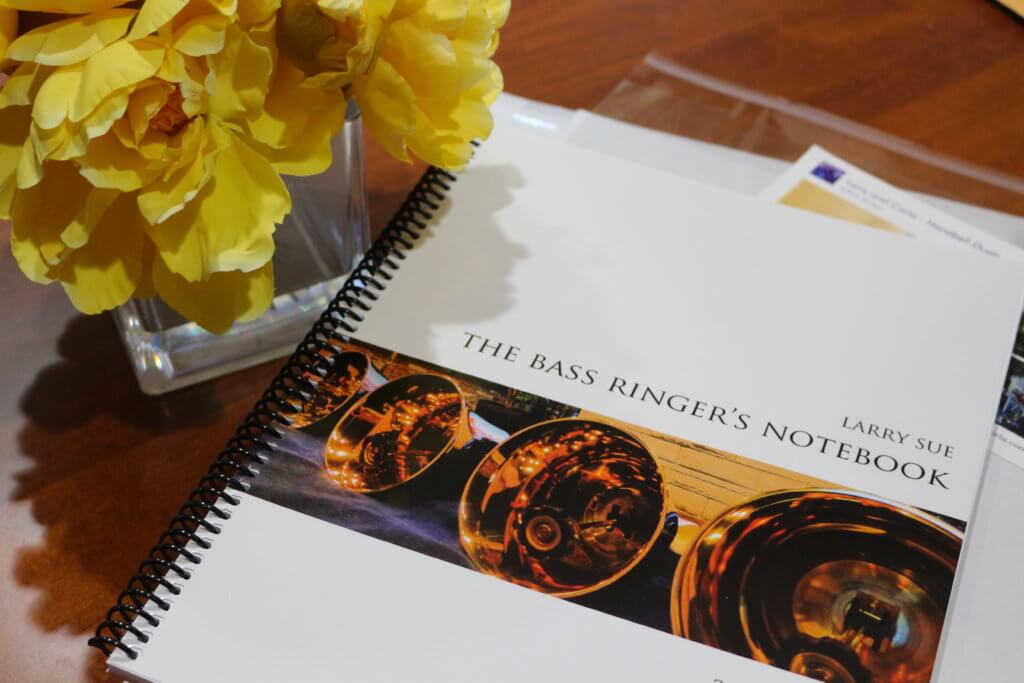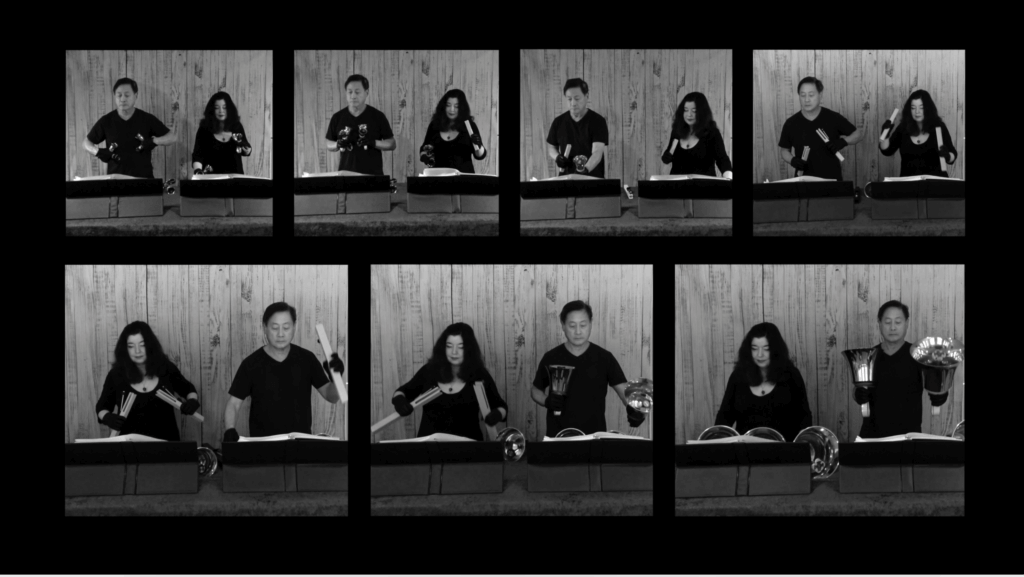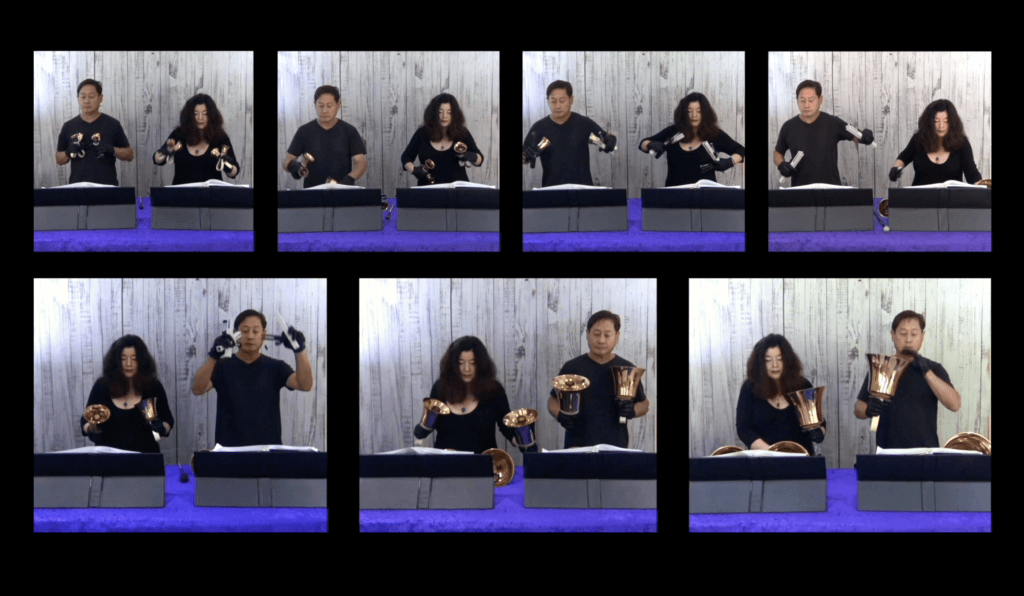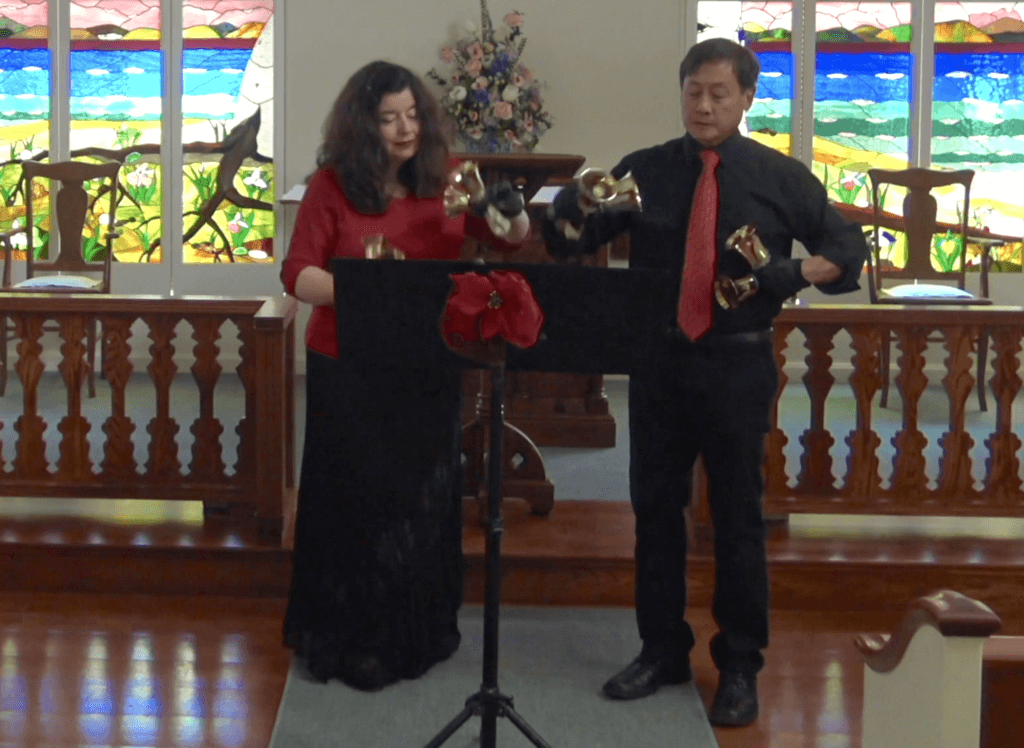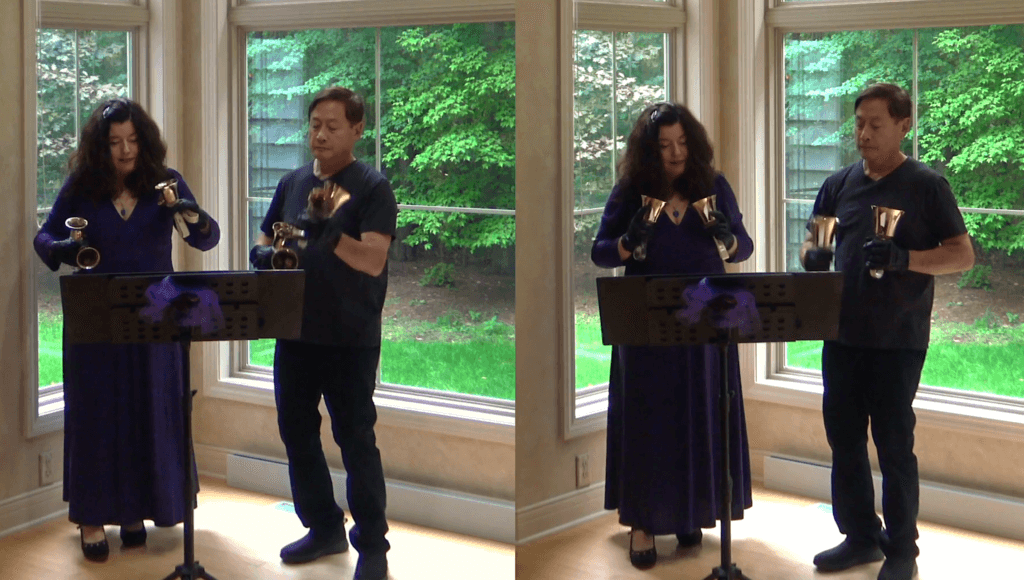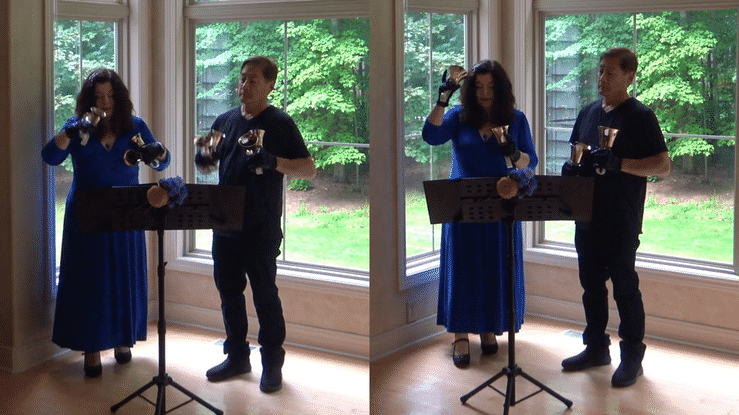It’s the time of year when we start thinking about Christmas music! We have some 3-octave pieces for Christmas and Advent that have recently been added to the Choraegus catalogue. Many of these arrangements are very straightforward to play, and suitable for worship services or concerts. Here’s a demonstration video that gives excerpts from all the available pieces:
If you’re interested in finding out more about these Christmas arrangements, here’s a list of what’s available. Click on each link to find out more about each carol, and listen to the video in full:
Angels We Have Heard on High
3 octaves of handbells, Level 2-
This popular Christmas carol is a very accessible Level 2-, with “repeat as many times as you need to” verses, available to download at a bargain price for your handbell choir!
Angels from the Realms of Glory
3 octaves of handbells, Level 2
A straightforward 3-octave arrangement that you can repeat as many times as you need to, making it easy to learn and play in a short amount of time. It’s a very accessible Level 2 arrangement of a popular traditional Christmas carol.
Come, Thou Long Expected Jesus
3 octaves of handbells, Level 2
Set to the Welsh tune HYFRYDOL, this popular Advent carol can also be used with other hymn texts for other times of year, such as Alleluia! Sing to Jesus and Love Divine, All Loves Excelling. This is a straightforward arrangement for 3 octaves.
Go, Tell It on the Mountain
3 octaves of handbells, Level 3-
This lively Christmas carol is arranged for 3 octaves, Level 3-.
Hark! The Herald Angels Sing
3 octaves of handbells, Level 2
This is a straightforward, single verse, “repeat as many times as you need” arrangement of this popular Christmas carol, available for 3 octaves for a bargain price!
Jingle Bells
3 octaves of handbells, Level 3-
This laid-back, jazzed up arrangement of Jingle Bells features syncopation and mallets, and is fun to play, without being too much of a challenge.
Lo, How a Rose E’er Blooming
3 octaves of handbells, Level 1
This is a very straighforward arrangement of the gentle German carol. For a change, why not try playing this one on handchimes?
O Come, All Ye Faithful (ADESTE FIDELES)
3 octaves of handbells, Level 2
This is a very straightforward arrangement of the popular Christmas carol, for 3-octave handbell choirs. Quick to learn; a simple one-verse, “repeat as many times as you need to” arrangement at a bargain price.
O Holy Night
3 octaves of handbells, Level 3-
This accessible 3-octave arrangement of the popular song is a wonderful addition to an Advent or Christmas concert or worship service.
Thou Didst Leave Thy Throne
3 octaves of handbells, Level 2
This is a straightforward arrangement of the hymn tune MARGARET. Just repeat the verse and refrain as many times as you need to!
Other Christmas music suitable for 3 octaves of handbells
There are several other Choraegus Christmas arrangements for 3 octaves of handbells, including a Level 2 arrangement of Away in a Manger, and a beautiful Level 2 arrangement of Infant Holy, Infant Lowly. There are also some arrangements suitable for 3-5 octaves. If your group is looking for a higher level of challenge for 8 ringers or fewer, you could also consider some of our 16-bell arrangements. Titles include: From a Distant Home, Gaudete, Hark, the Herald Angels Sing, O Come, O Come, Immanuel, The First Nowell, and Wexford Carol.
More information about buying music from Choraegus
Purchase of the full-choir license for any of the 3-octave music available from Choraegus gives you our no-fuss permission to print up to 15 copies for your group (8 copies for 16-bell music).
Your purchase of the full-choir license also includes permission for you to perform, broadcast and live-stream this piece as part of a concert or worship service without the need for any additional license or fee, although we ask you to credit the arranger (Larry Sue) and publisher (Choraegus) in any printed media such as concert programs, and online (in video descriptions). See our licensing agreement for full details.
Choraegus handbell music will come to you as a PDF file. You’ll be responsible for downloading the file and printing your own music, and you won’t receive anything in the mail.
If you haven’t purchased music online from Choraegus before, we recommend our step-by-step guide. We designed this guide to help you navigate the purchase and download process in a (we hope!) stress-free way.
We appreciate your help in spreading the word about Choraegus handbell music. If you record a video of your group playing any of our pieces, we’d love to see it. You’re welcome to share it with us on our Facebook page too!
Any questions?
If you have any questions about our music, please start by reading our Frequently-Asked Questions. If someone has asked us a question even once, it will be there, along with the answer. Please contact us if you don’t find the information you need, and we’ll be happy to help.




